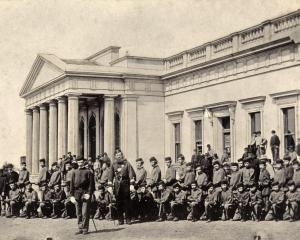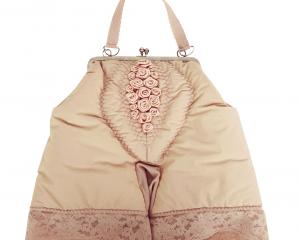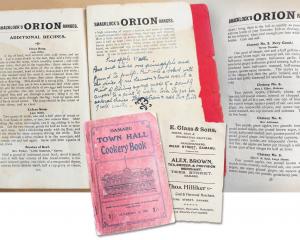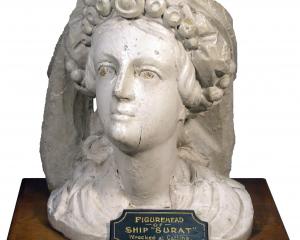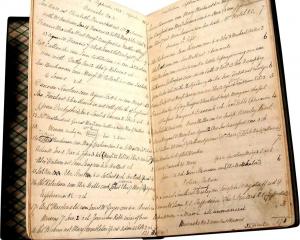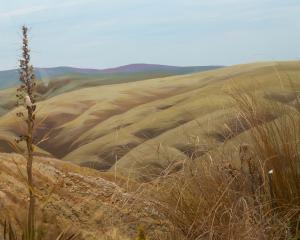The excavation of the Wall Street site in 2007 and 2008 revealed much about the growth of inner-city Dunedin.
You may be aware of the most spectacular item unearthed, a well-preserved timber causeway, but what about some of the other things that were found?
One of my favourites is a tin can from France, which once contained sardines ''cuisson a l'huile d'olive pure'' (cooked in pure olive oil).
The can, and the way it has been hacked into, appear to be ''old school'': no double seams, no church-key winder, no pull tab, and presumably no double-rotating-wheel opener to neatly remove the lid.
The sardine canning industry originated in France in the 1820s and by the mid-1860s France's annual output of canned sardines had grown to about 30 million cans.
Although this Albert & Co sardine can was a product of an industry based on the other side of the globe, the neighbourhood of Dunedin in which it was discarded is synonymous with a home-grown canning industry.
Irvine and Stevenson's canning venture began with handmade cans of jam but their range of canned goods grew to include a wide variety of preserved fruit, meat and fish.
Wakatipu trout, rabbits, crayfish, whole fowls and ducks, and even haggis found their way into Irvine and Stevenson's cans.
So did Stewart Island oysters from 1888 and West Coast whitebait from 1891.
By the mid-1890s machines at Irvine and Stevenson's St George Co plant were producing about one million cans a year.
So next time you break open a can that has potentially clocked up a good number of food miles, spare a thought for the days when your can was more likely to have been produced right on your doorstep.
• Peter Read is a curator at Toitu Otago Settlers Museum.




